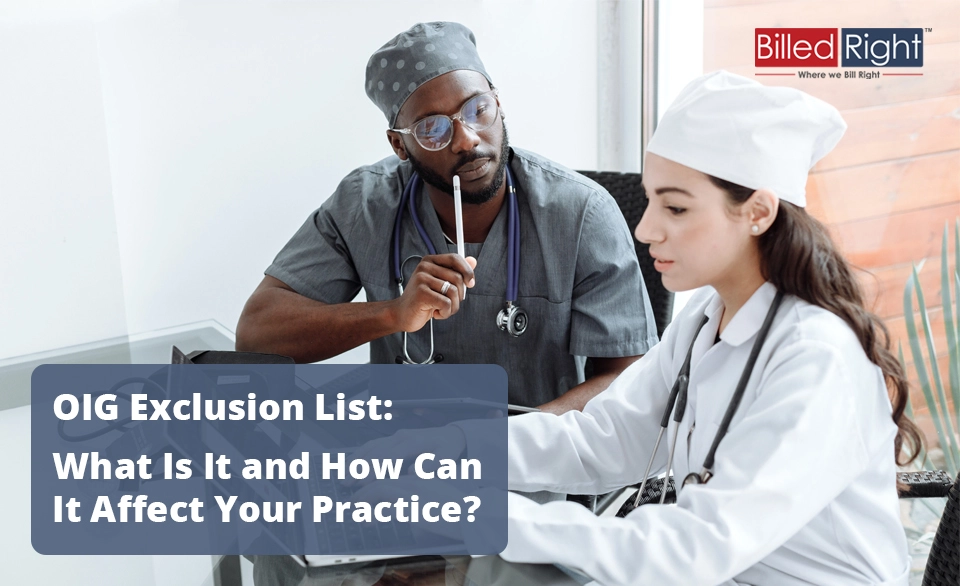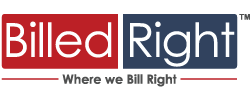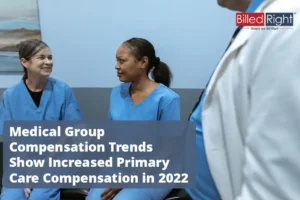OIG Exclusion List – What Is It and How Can It Affect Your Practice?

There are many rules and regulations around accepting Medicare, Medicaid, and other federal healthcare programs. And if you are a practice that accepts and bills for these federal government programs, it is your responsibility to ensure you are protecting patients from things such as fraud and abuse. To that end, you need to know the exemption status of all employees, contractors, and vendors. Not knowing and having someone on staff, or utilizing an excluded vendor, can lead to significant consequences such as substantial fines and loss of your ability to participate in Medicare and Medicaid.
What is an Exclusion?
An exclusion is an extreme civil sanction imposed on individuals or entities by the Department of Health and Human Services, Office of the Inspector General (OIG). This occurs when a healthcare provider or vendor is convicted of a crime such as fraud or theft, license revocation, or has engaged in professional misconduct, abuse, or neglect. These individuals are then excluded from working with or for a healthcare program that is federally funded.
There are two types of exclusions on the OIG list and multiple ways you can end up on it:
Mandatory Exclusions: (minimum of five years, can be longer or indefinite)
- Felony conviction of Medicaid or Medicare fraud
- Felony conviction of substance abuse, including alcohol
- Patient abuse or neglect
- Felony conviction for other healthcare-related fraud, theft, or other financial misconduct
- Felony conviction that relates to the unlawful manufacturing, distributing, prescribing, or dispensing of controlled substances, and more
Permissive Exclusions: (this is discretionary and can be for up to 5 years, but usually 1-3)
- Misdemeanor convictions related to healthcare fraud
- Misdemeanor conviction of substance abuse, including alcohol
- Misdemeanor convictions relating to the unlawful manufacturing, distributing, prescribing, or dispensing of controlled substances
- Default on a federal student loan
- Submission of false or fraudulent claims to a federal health care program and more
Getting Removed from the List
A provider or entity on the exclusion list can get removed once the exclusion period has expired, but they have to apply for reinstatement. It is not automatic. To start the reinstatement process, you must fax or email the request to OIG with the following information included with the request for removal from the exclusion list:
- Individual’s or entity’s full name (which the exclusion is under)
- Date of birth for an individual
- Telephone number
- Email address
- Mailing address
If eligible, the OIG will send the statement and authorization forms to be filled out and returned. Once they have reviewed the completed forms, the OIG will send a written notice of reinstatement or denial. This isn’t a quick process and can take up to 120 days or more to complete.
How to Ensure You Are Compliant
Even if unintentional, a mistake can get you into serious trouble with the OIG. Sanctions for violations can reach as high as $10,000 per service item claimed and an assessment of up to three times the amount claimed for each service or item, meaning the penalties can add up quickly and run into the hundreds of thousands of dollars. In addition to financial liability, you can end up on the list yourself and lose your ability to bill any federally funded healthcare program such as Medicaid and Medicare.
But there is help! The OIG provides a resource that can help you avoid exclusion errors and keep you in good standing with Medicare and Medicaid, avoiding expensive penalties. The resource available is called the List of Excluded Individuals and Entities (LEIE) and is updated when individuals or vendors are excluded from being able to bill Medicare or Medicaid.
Using the LEIE list can help keep you from accidentally contracting with a vendor or hiring an employee who has been designated excluded from billing with federal government programs. Without this list, your practice could have significant enforcement actions against it. Or worse, you could end up on the exclusion list yourself and unable to see, or bill for, patients on Medicare, Medicaid, or other government programs.
Utilizing Exclusion Lists
Checking the OIG LEIE list regularly can help to alleviate situations where you hire or contract with someone on the list. The database includes over 60,000 people, vendors, and entities excluded from federal government healthcare programs and is updated monthly. You can search online, or there is a downloadable database. However, the download doesn’t include Social Security numbers or EINs. Therefore, you have to search online to be sure the person you found on the list is the correct one.
In addition to the LEIE list, if you get reimbursed with federal program dollars and require Government Services Administration approval, you must also check SAM.gov Excluded Parties List System. The people and entities on this list have been debarred, sanctioned, or otherwise excluded from doing business under a federal contract.
What To Do If You Make a Mistake?
Situations happen, and should you find an individual or entity on the list with whom you are doing business or are looking to do business, you must take immediate action. The action necessary will depend on the situation:
Pre-Employment Check: Should you run a check on a potential new hire and they are found on the list, the action is simple – don’t hire them. This does not apply to patient-facing employees such as nurses or doctors but to all employees or vendors that may provide support services and administrative and managerial positions.
Existing Employee/Vendor: After you have hired or contracted with someone and their name appears on the exclusion list, it isn’t as easy, but there are actions to take to lessen the repercussions. Self-disclosure is the process that will allow your practice to avoid costs or disruptions that could be associated with government-directed investigations or civil or administrative litigation. The downside is that you may still face penalties; however, reporting the situation yourself is much less damaging than if OIG figures it out first.
Conclusion
It is your responsibility to ensure that you are not hiring or contracting with anyone who is considered excluded from billing federal government programs such as Medicare or Medicaid. A reminder to regularly check LEIE and SAM.gov can help your practice stay compliant.
__________________________________________________________________________________
Who is Billed Right?
In 2006, two business partners envisioned creating holistic services that can help improve medical billing operations. They started by listening to doctors and building a service model around what doctors need the most. As a result, Billed Right’s Revenue Cycle Management (RCM) model was born. The focus continues to be on solving the problem rather than selling a product. Hence, Billed Right’s advanced RCM model revolves around personalized service in today’s corporate world, while still cutting costs and improving both patient care and practice revenue. No matter what challenges physicians face, we never waiver from our goal to be a strategic partner and promote practice growth.
Contact Billed Right to learn more.






